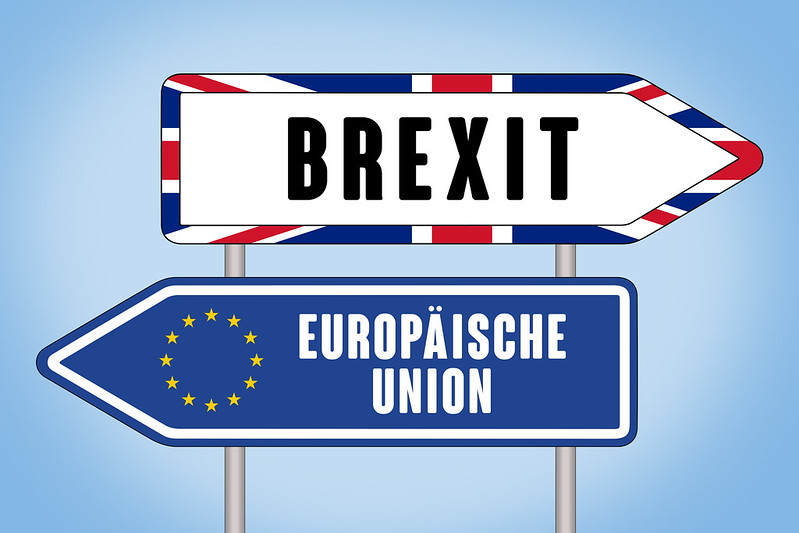
The United Kingdom (UK) officially withdrew from the European Union (EU) on January 31, 2020, and is currently in a transition period that will end on December 31, 2020. During this transition period, registered EU trademarks (EUTMs) and registered EU designs (RCDs) continue to be valid and enforceable in the UK.
However, it is important to note that the ending of the transition period will have implications for EUTMs and RCDs. After December 31, 2020, these rights will no longer have automatic protection and recognition in the UK. To ensure continued protection in the UK, right holders will need to take certain actions.
This article explains the implications of the ending of the transition period and the BREXIT for EUTMs and RCDs.
1. Registered EU Trademarks and EU Designs
All registered EU trademarks (EUTMs) and EU designs (RCDs) will be treated as national trademark and design registrations in the UK. These rights will become comparable UK rights and will be entered into the UK register automatically and free of charge. The dates of application, registration, and any priority or seniority dates will be the same as for the EU rights.
The UK Intellectual Property Office (UKIPO) will not issue new certificates for the comparable UK rights. The UK trademark registrations will retain the EUTM registration number, but will be prefixed with “UK009” to indicate that they are comparable UK rights. The UK registered designs will retain the 9-digit RCD number and will be prefixed with “9”.
International design registrations under the Hague Agreement designating the EU, which have been confirmed by the EUIPO for protection in the UK, will be included in the UK register as comparable international designs. These registrations will retain their international registration number, but will be prefixed with “8”.
Proprietors of EUTMs and RCDs have the option to opt-out from these provisions. However, if a trademark has been used in the UK by the registered proprietor or with their consent, it is not possible to opt-out. The same applies to trademarks or designs that have been assigned, licensed, or are subject to pending proceedings based on the comparable UK rights. The deadline for opting out is January 1, 2021.
2. Filed EU Trademark Applications and EU Design Applications
EU trademark and design applications will need to be re-filed at the UKIPO. The new UK applications will retain the original filing date and priority date (if applicable) of the EU applications, as long as they are filed within 9 months after the end of the transition period.
The UKIPO has not provided information on the application process for the comparable UK trademark or design applications derived from the EU applications.
3. Pending EU Trademark Oppositions
The UKIPO has not provided information on how pending EU trademark oppositions will be treated in the UK after the end of the transition period.
It is assumed that the comparable UK rights will follow the fate of the EU rights. If the EU rights are invalidated by the EUIPO in opposition, cancellation, or invalidity proceedings, the UK rights will also be considered invalid by the UKIPO, with the same date of invalidity as in the EU.
4. Renewal of Registered EU Trademarks and EU Designs
Comparable UK rights will have the same renewal date as the EUTM or RCD. Proprietors who wish to maintain the comparable UK rights will need to pay a separate renewal fee at the UKIPO.
For comparable UK rights due for renewal within six months after the end of the transition period, the UKIPO will send a renewal reminder to the proprietor. The proprietor will have a further six-month period to renew the comparable UK right in the UK.
If the renewal date of a registered EUTM or RCD falls after the end of the transition period, an early payment of the renewal fee at the EUIPO prior to the end of the transition period will have no effect on the comparable UK right. The comparable UK right will need to be renewed separately at the UKIPO.
Foto: © Tim Reckmann, [CC BY 2.0]

